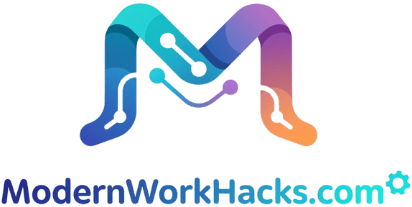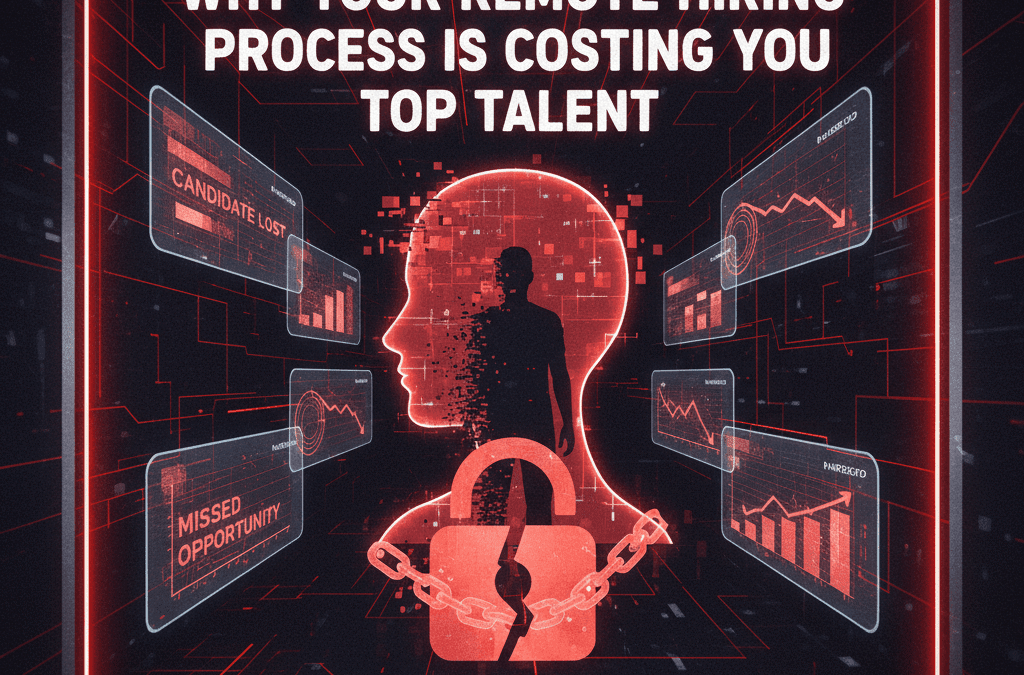In our obsession with whether AI will take our jobs, we’re missing the real story: AI is redefining what work actually means.
Last week, I had coffee with an old friend who works as a graphic designer. He seemed deflated, confessing that he’d spent hours on a project only to discover an AI tool could’ve done it in seconds. “Why would anyone pay me when AI is basically free?” he asked.
His question isn’t unique. From coders to copywriters, lawyers to logistics managers, professionals everywhere are grappling with the same existential threat. But the either/or framing—either AI takes our jobs or it doesn’t—misses something crucial about the future of work.
The Real Shift: AI as Collaboration, Not Replacement
The narrative that AI will replace human workers en masse oversimplifies a more nuanced reality. What’s emerging instead is a model where AI handles routine tasks while humans focus on the work that requires judgment, creativity, and interpersonal skills.
Consider what happened when radiologists began using AI to help detect cancer in medical images. Rather than putting radiologists out of work, the technology freed them to spend more time consulting with patients and collaborating with other physicians on complex cases. The result? Better patient care and more fulfilling work for the doctors.
This pattern is repeating across industries. McKinsey estimates that while roughly 50% of current work activities could be automated, less than 5% of occupations could be fully automated. What’s happening isn’t wholesale replacement but a fundamental restructuring of work itself.
Why Your Job Is Safe (If You Adapt)
The jobs most resistant to automation share common characteristics:
- They require emotional intelligence and interpersonal skills
- They involve complex problem-solving in unpredictable environments
- They benefit from human creativity and intuition
- They need ethical judgment and contextual understanding
Even in technical fields, the human element remains crucial. Software engineers who can translate business needs into technical requirements and communicate effectively with non-technical stakeholders will remain valuable even as AI generates more code. Likewise, marketers who understand human psychology and can craft authentic connections will outperform those who merely optimize for algorithms.
The New Work Model: Human-AI Teams
The most successful organizations won’t be those that simply replace humans with AI, but those that build effective human-AI teams. This requires rethinking how work gets done.
At Microsoft, engineers now pair-program with GitHub Copilot, an AI coding assistant. Rather than replacing developers, Copilot handles routine coding tasks, allowing engineers to focus on architecture and problem-solving. According to GitHub, developers using Copilot complete tasks 55% faster than those working alone.
Similarly, at legal firms adopting AI for contract review, lawyers aren’t being shown the door. Instead, they’re spending less time on tedious document analysis and more time advising clients and developing legal strategy—work that demands their expertise and judgment.
How Human-AI Teams Actually Work
Effective human-AI collaboration typically follows a pattern:
- Humans define the problem and desired outcome (the “what” and “why”)
- AI generates options or handles routine execution (part of the “how”)
- Humans evaluate AI output, provide feedback, and make final decisions (judgment and accountability)
- Both continuously learn and improve through this feedback loop
This division of labor plays to the strengths of both humans and AI. Humans excel at setting context, understanding nuance, and making value-based judgments. AI excels at processing vast amounts of information, identifying patterns, and executing repetitive tasks without fatigue.
Skills That Matter in an AI-Augmented Workplace
To thrive alongside AI, workers need to develop skills that complement rather than compete with automation. These include:
1. Prompt Engineering
The ability to effectively communicate with AI systems—what some call “prompt engineering”—is emerging as a crucial skill. This involves understanding how to frame requests to AI tools to get the most useful outputs.
Good prompt engineers know how to provide context, specify constraints, and iterate based on results. They recognize that working with AI is a conversation, not a one-time command.
2. Critical Evaluation
As AI generates more content and recommendations, the ability to critically evaluate this output becomes essential. This means understanding AI’s limitations, recognizing when it’s “hallucinating” or providing biased information, and knowing when human judgment should override algorithmic suggestions.
Workers who can say, “The AI is wrong here, and here’s why” will be particularly valuable.
3. Complex Problem Framing
While AI excels at solving well-defined problems, humans remain superior at framing amorphous challenges. The ability to take a messy, real-world situation and structure it into something that can be systematically addressed is uniquely human.
As one executive told me, “We don’t need people to answer questions anymore. We need people who know which questions to ask.”
4. Interpersonal Intelligence
Despite advances in conversational AI, genuinely understanding human emotions, building trust, and navigating complex social dynamics remains beyond AI’s capabilities. The ability to inspire teams, negotiate effectively, and build authentic relationships will become even more valuable as technical tasks are automated.
How Organizations Are Adapting
Forward-thinking organizations are already redesigning work processes and organizational structures to leverage AI effectively:
Job Redesign
Rather than eliminating positions, smart companies are unbundling job responsibilities. Tasks that can be automated are assigned to AI, while human workers focus on areas where they add unique value.
When JPMorgan Chase implemented AI contract analysis, they didn’t reduce their legal staff. Instead, lawyers began spending more time on strategic advisory work and client relationship management—activities that directly impact the firm’s bottom line.
New Roles and Specialties
The AI revolution is creating entirely new job categories:
- AI trainers who provide feedback to improve algorithmic performance
- AI ethicists who ensure systems operate fairly and responsibly
- Human-AI collaboration specialists who design effective workflows
- AI explainers who translate technical outputs for non-technical audiences
These roles sit at the intersection of technical understanding and human skills—and they’re multiplying rapidly.
Upskilling at Scale
Leading organizations are investing heavily in retraining employees. Amazon has committed $1.2 billion to upskill 300,000 employees by 2025, with a significant focus on AI-related capabilities. Similarly, IBM’s “New Collar” program trains workers without traditional credentials for technical roles that complement AI systems.
The Path Forward: Becoming an AI-Augmented Professional
If you’re concerned about AI’s impact on your career, here are practical steps to position yourself for the augmented future:
1. Understand AI’s Capabilities and Limitations
Spend time working with AI tools in your field. This hands-on experience will help you understand what these systems can and cannot do well. You’ll likely discover that AI excels at some tasks you find tedious while struggling with aspects of your work that come naturally to you.
This exploration serves two purposes: it helps you identify which parts of your job might be automated, and it reveals opportunities to use AI as a powerful assistant.
2. Double Down on Uniquely Human Skills
Identify the aspects of your work that require empathy, ethical judgment, creative thinking, or complex communication—areas where humans maintain a decisive advantage. Then consciously develop these capabilities further.
If you’re a marketer, for instance, AI can help generate content, but your deep understanding of customer psychology and ability to craft authentic brand stories remain distinctly human contributions.
3. Become an AI-Collaboration Expert
Position yourself as someone who knows how to get the best results from human-AI collaboration. This means learning how to effectively delegate to AI systems, critique their output, and integrate their capabilities into existing workflows.
In nearly every field, there’s a growing premium on professionals who can act as translators between AI capabilities and business needs.
The Future Belongs to Augmented Professionals
The most successful workers of the coming decade won’t be those who race against machines, nor those who simply step aside. They’ll be the augmented professionals who leverage AI to eliminate drudgery while amplifying their uniquely human capabilities.
As author Kevin Kelly noted, “You’ll be paid in the future based on how well you work with robots.” This isn’t a dystopian warning—it’s an invitation to reimagine what your work could be when freed from routine tasks.
My graphic designer friend? After our conversation, he started experimenting with AI tools to handle basic layouts and image editing. Rather than putting him out of business, this has allowed him to take on more clients and focus on the conceptual and relationship aspects of design that he enjoys most. His income has actually increased.
The question isn’t whether AI will take your job. It’s how you’ll integrate AI into your work to become more valuable than ever before.
Real Stories Behind This Advice
We’ve gathered honest experiences from working professionals to bring you strategies that work in practice, not just theory.
- Read more: Get the full details in the original article
- Join in: See what others are saying and share your thoughts in the Reddit discussion
- Tell your story: Have experience with this? Help others by sharing what worked for you at our Contact Us page
At ModernWorkHacks, it’s practical ideas from real people.









0 Comments